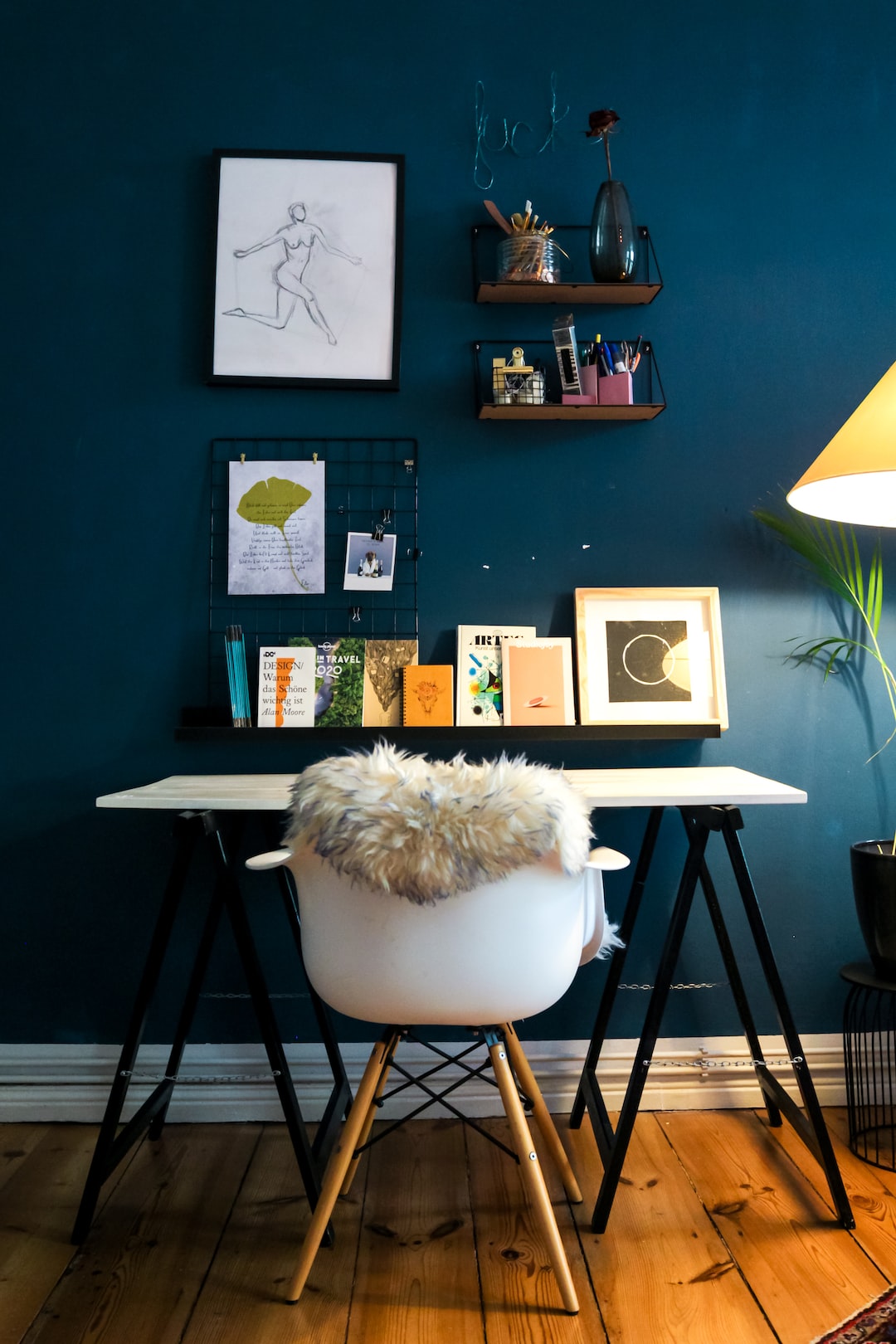The Art of Mixing Furniture Styles: A Designer’s Perspective
Furniture is more than just functional objects; it is an expression of our personal style and taste. One of the most exciting and challenging aspects of interior design is the art of mixing furniture styles. This approach allows designers to create unique and visually striking spaces that reflect the individuality of their clients. In this blog post, we will explore the concept of mixing furniture styles from a designer’s perspective, looking at how to successfully combine different pieces to create harmonious and cohesive interiors.
One of the key factors to consider when mixing furniture styles is balance. Achieving a sense of balance in a space is crucial to create a visually appealing and harmonious interior. When combining different furniture styles, it is essential to consider the proportions, scale, and visual weight of each piece. For example, if you have a large, classical sofa, balancing it with smaller, contemporary side tables will help create equilibrium within the room.
Successfully mixing furniture styles also involves paying attention to color palettes and materials. Choosing pieces that share similar colors or finishes can help tie together different styles. For instance, if you have a rustic wooden dining table, consider pairing it with modern chairs upholstered in a fabric that matches the wood’s warm tones. By doing so, you create a visual connection between the furniture pieces, despite their stylistic differences.
Another effective technique when combining furniture styles is to focus on similarities in design elements. Look out for common shapes, lines, or motifs that can unite different pieces. For example, if you have a vintage, curvaceous armchair, consider placing it alongside a contemporary side table with curved legs. This repetition of a design element enhances the overall cohesion of the space.
When it comes to mixing furniture styles, it is important to keep an open mind and embrace versatility. Don’t be afraid to experiment and think outside the box. Combining unexpected styles can lead to unique and exciting compositions. For instance, a touch of mid-century modern aesthetics can give a fresh and vibrant feel to a more traditional space.
The art of mixing furniture styles also extends beyond individual pieces. Combining different styles within a room can create a layered and textured look. For example, placing a vintage vanity next to a sleek, modern bed in a bedroom can add depth and interest to the overall design. The key is to strike a balance between the different styles to create a coherent and visually pleasing outcome.
While there are no strict rules when it comes to mixing furniture styles, there are a few guidelines that can help ensure a successful outcome. Firstly, avoid clutter and overcrowding. Make sure each piece has enough space to stand out and be appreciated. Secondly, pay attention to the flow of the room. Allow for natural pathways and avoid blocking views or creating obstructions. Lastly, trust your instincts and personal style. Combining furniture styles is a creative process, and it should embody your unique tastes and preferences.
In conclusion, the art of mixing furniture styles is a fascinating aspect of interior design. It allows designers to create visually striking and individualized spaces that reflect the clients’ personalities. By considering elements such as balance, color palettes, design elements, and versatility, designers can successfully combine different furniture styles to create harmonious and cohesive interiors. So, don’t be afraid to mix and match; let your creativity and personal style shine through in your furniture choices.

